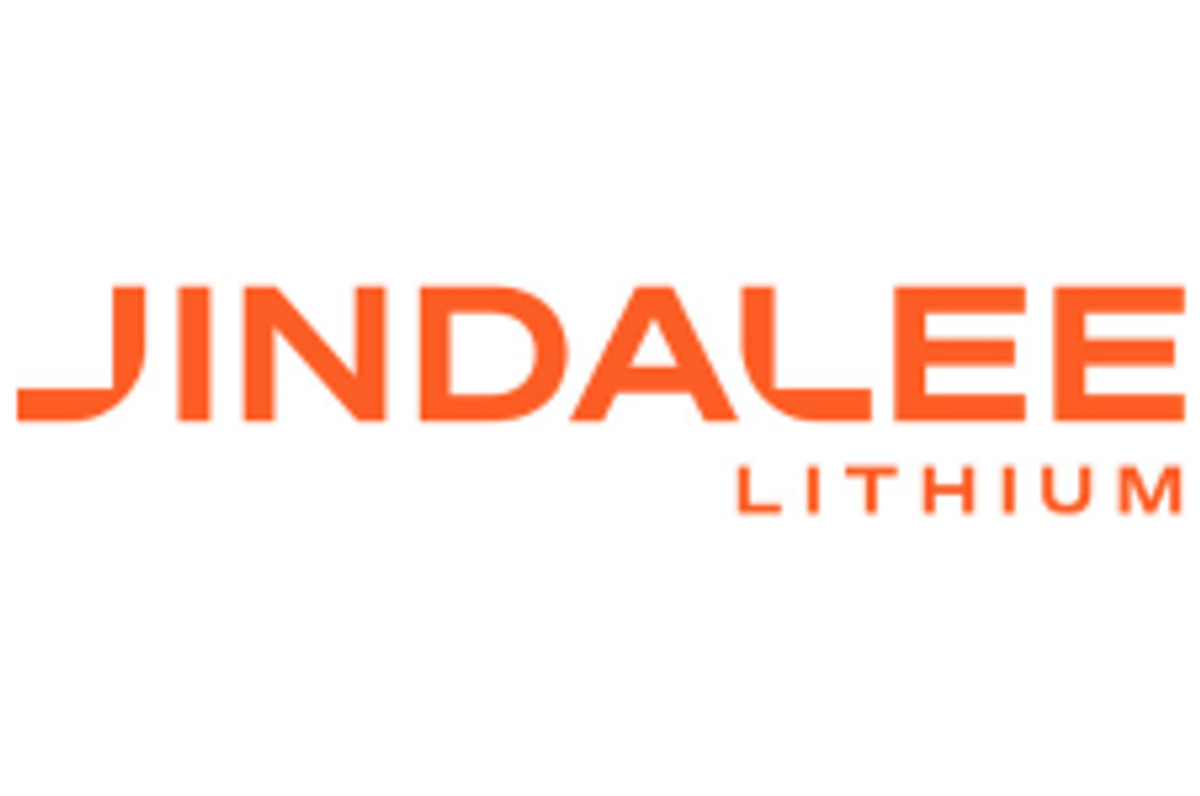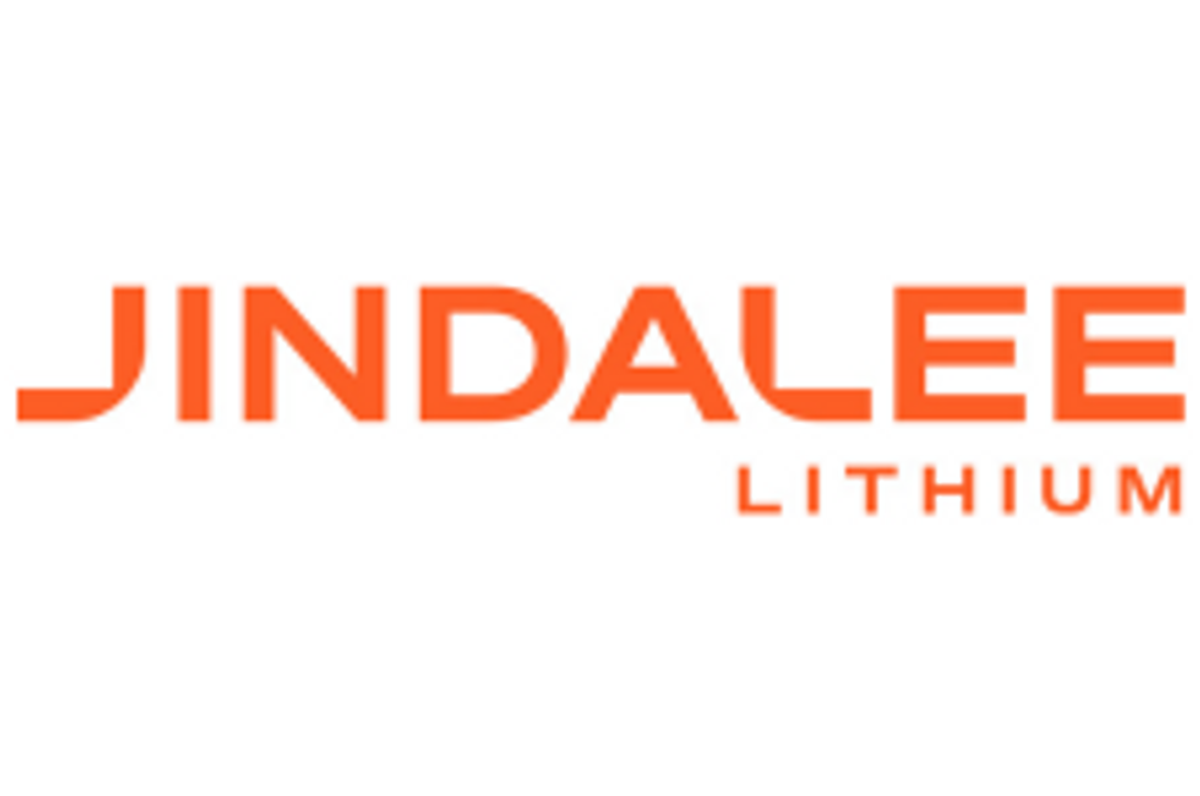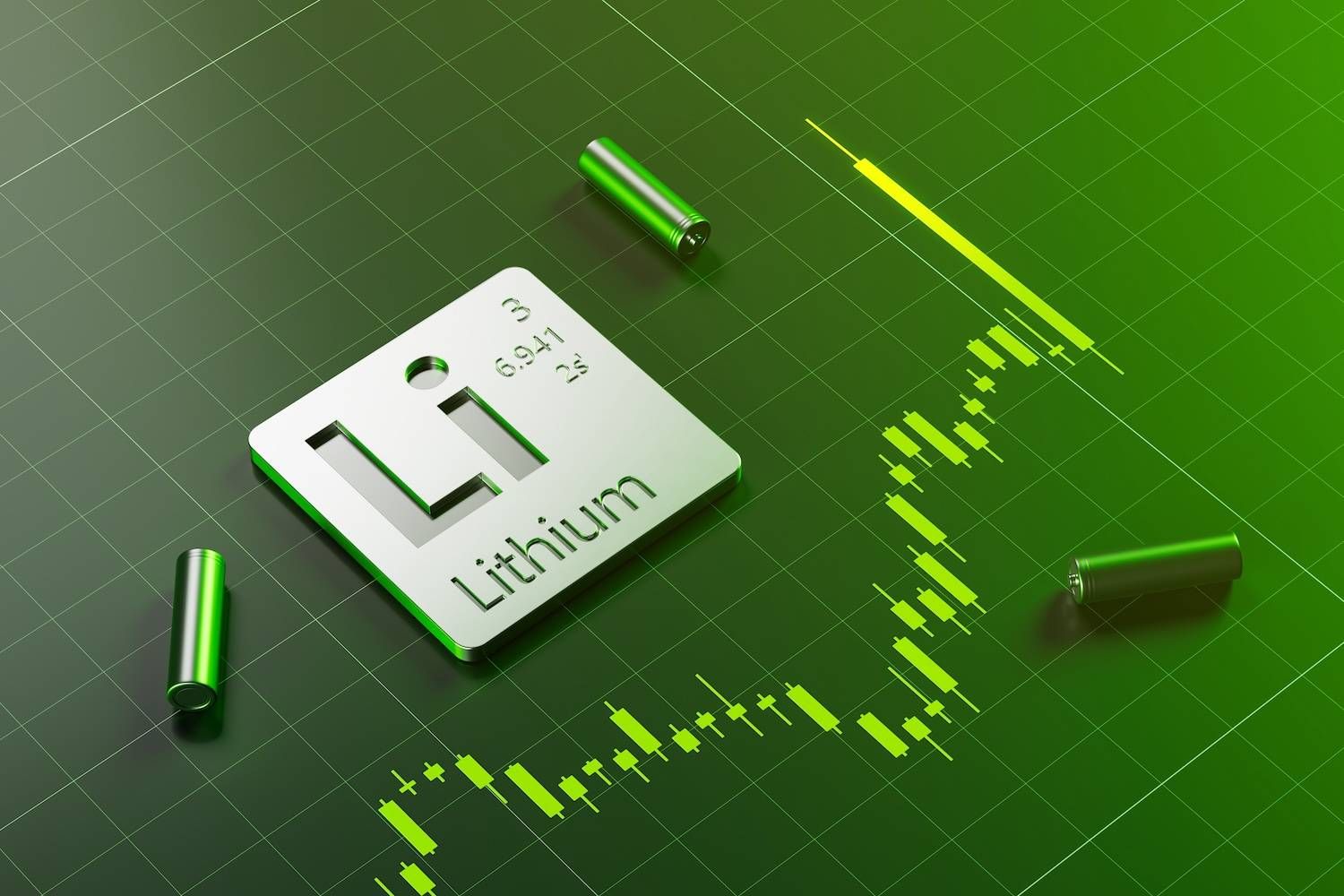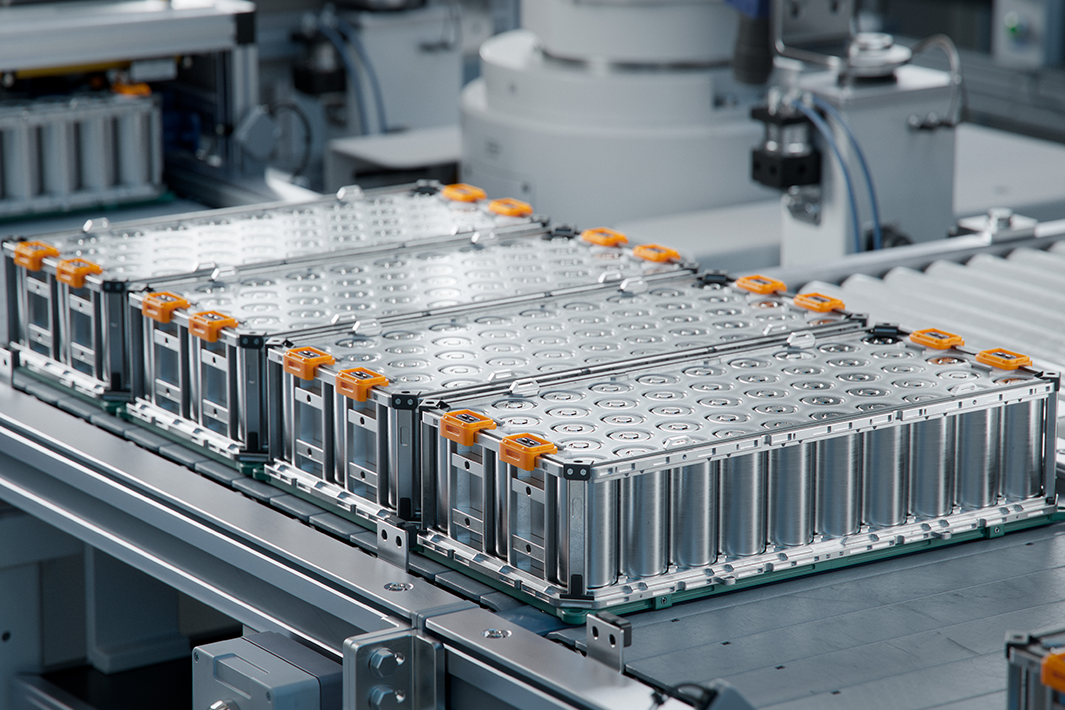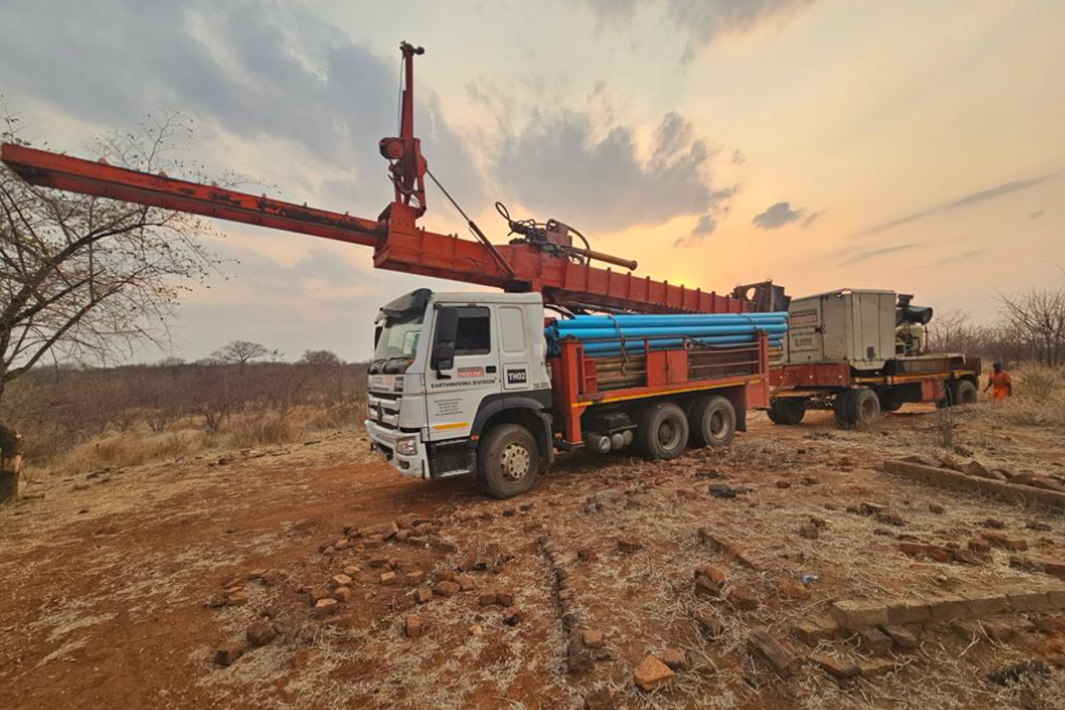
December 18, 2023
Jindalee Lithium Limited (ASX:JLL) (Jindalee, the Company) is pleased to provide an update on progress at its 100% owned McDermitt Project, the largest lithium deposit in the US by contained lithium in Mineral Resource (Table 1)1.
- PFS making excellent progress, on time and on budget
- Acid leach results imminent, following outstanding initial beneficiation testwork results
- Exploration Plan of Operations (EPO) application passes significant milestone
- Engagement with US Government agencies (both State and Federal) progressing well
PRE-FEASIBILITY STUDY (PFS)
The McDermitt PFS commenced in June 2023 with leading global EPCM company Fluor Corporation appointed as lead engineer and Michael Elias engaged as the Company’s Study Manager. Fluor has extensive experience with US sediment hosted lithium deposits and has assembled a team of highly credentialled metallurgists and engineers to work on the study. Fluor is also managing the metallurgical testwork program being undertaken concurrently with the PFS. In early December 2023 Jindalee advised the appointment of Ian Rodger as Chief Executive Officer, commencing mid-January 20242. Ian is an experienced mining engineer and will lead the delivery of the McDermitt PFS.
Additional study work is underway with US West Coast based engineering firms for supporting works including pit geotechnical, mine waste and tailings storage management, hydrology and water supply and grid power supply. In addition, discussions are underway with a mine planning engineering consultancy with contract award targeted for early in the new year. The PFS will also leverage the baseline environmental studies and Native American heritage investigations undertaken for the Exploration Plan of Operations (refer below).
Work is progressing well with several preliminary deliverables already having been received. The PFS is expected to continue through until mid-2024, subject to the timing of metallurgical test results, site investigations and approvals.
PERMITTING – EXPLORATION PLAN OF OPERATIONS
In May 2023 Jindalee announced that the EPO for McDermitt, originally submitted to the US Bureau of Land Management (BLM) in August 2022 (with additional information provided early 2023), had been deemed complete5. The BLM advised that following close of the public comment period on the EPO mid-September 2023 comments were being assessed as a part of the environmental review process required by the National Environmental Policy Act (NEPA), with the final decision of the NEPA assessment to be incorporated into the EPO.
Jindalee has been notified by the BLM that the NEPA process will commence 10 January 2024. This is a significant milestone as once approved, the EPO will allow Jindalee to significantly increase on-site activity, including infill drilling and providing additional, fresh samples for site investigations (e.g. geotechnical, hydrological) and further metallurgical testwork.
Jindalee continues to engage with US Government agencies (both State and Federal) regarding opportunities to advance McDermitt, including technical cooperation between agencies and the potential for US Government funding for the Project, with further updates expected in the new year.
Click here for the full ASX Release
This article includes content from Jindalee Lithium Limited, licensed for the purpose of publishing on Investing News Australia. This article does not constitute financial product advice. It is your responsibility to perform proper due diligence before acting upon any information provided here. Please refer to our full disclaimer here.
JLL:AU

Sign up to get your FREE
Jindalee Lithium Investor Kit
and hear about exciting investment opportunities.
- Corporate info
- Insights
- Growth strategies
- Upcoming projects
GET YOUR FREE INVESTOR KIT
The Conversation (0)
16 April
Jindalee Lithium
Game-changing, economically significant lithium resource for North American battery supply chain
Game-changing, economically significant lithium resource for North American battery supply chain Keep Reading...
11 December
US Government Approves Major Drilling Program at McDermitt
Jindalee Lithium (JLL:AU) has announced US Government Approves Major Drilling Program at McDermittDownload the PDF here. Keep Reading...
08 December
Trading Halt
Jindalee Lithium (JLL:AU) has announced Trading HaltDownload the PDF here. Keep Reading...
03 December
McDermitt Drilling and US Listing Update
Jindalee Lithium Limited (Jindalee, or the Company; ASX: JLL, OTCQX: JNDAF) is pleased to report significant progress on two fronts: the successful completion of the 2025 drilling program at the McDermitt Lithium Project and continued advancement of plans to list McDermitt on a US national... Keep Reading...
27 November
Oversubscribed Share Purchase Plan Raises $1.5 Million
Further to its announcement on 20 October 20251, Jindalee Lithium Limited (ASX: JLL, OTCQX: JNDAF) (Company) is pleased to advise the results of its Share Purchase Plan (SPP). The SPP closed for applications on 20 November 2025, and the Company has today completed the allocation and issuance of... Keep Reading...
04 November
Drilling Underway at McDermitt Lithium Project
Jindalee Lithium (JLL:AU) has announced Drilling Underway at McDermitt Lithium ProjectDownload the PDF here. Keep Reading...
24 December
Altius Minerals to Expand Portfolio with C$520 Million Lithium Royalty Deal
Altius Minerals (TSX:ALS,OTCQX:ATUSF) is making a bet on a lithium market recovery, agreeing to acquire Lithium Royalty (TSX:LIRC) in a C$520 million deal that will expand its exposure to battery metals.Under a definitive agreement announced by the two companies on Monday (December 22), Altius... Keep Reading...
23 December
Liontown's First Tjiwarl Member Completes Apprenticeship at Kathleen Valley
Liontown (ASX:LTR,OTC Pink:LINRF) has reached a milestone at its Kathleen Valley operations, with Vaughan Harris becoming the first Tjiwarl community member to complete an apprenticeship with the company.“Being the first Tjiwarl apprentice to complete an apprenticeship here at Liontown feels... Keep Reading...
22 December
Lithium Market 2025 Year-End Review
The global lithium market endured a bruising 2025, with persistent oversupply and softer-than-expected electric vehicle (EV) demand driving prices for the battery metal to multi-year lows.Lithium carbonate prices in North Asia slipped below US$9,550 per metric ton in February — their weakest... Keep Reading...
11 December
Mining the Gap: 5 Forces Shaping North America’s Lithium Supply Chain
A convergence of industry investments, government initiatives and a shifting global trade dynamic is creating an environment ripe for the development of a North American battery supply chain, with lithium playing a leading role. These trends are reshaping the region’s industrial base and opening... Keep Reading...
10 December
Rock Bottom: Strategic Window for Ground-level Lithium Investment
When lithium prices hit bottom, savvy investors know that’s exactly where the next big discovery begins — literally. Beneath the surface of global markets and remote exploration grounds, new opportunities are forming in the wake of a sharp price reset and renewed geopolitical urgency.Recent... Keep Reading...
10 December
Liontown Resources Pens Lithium Offtake Agreement with China's Canmax
Liontown Resources (ASX:LTR,OTC Pink:LINRF) has executed a binding offtake agreement with Chinese conglomerate Canmax Technologies (SZSE:300390) as part of its strategy to diversify its customer base.“Listed on the Shenzhen Stock Exchange, Canmax is one of the world’s leading manufacturers of... Keep Reading...
Latest News

Sign up to get your FREE
Jindalee Lithium Investor Kit
and hear about exciting investment opportunities.
- Corporate info
- Insights
- Growth strategies
- Upcoming projects
GET YOUR FREE INVESTOR KIT
Interactive Chart
Latest Press Releases
Related News
TOP STOCKS
American Battery4.030.24
Aion Therapeutic0.10-0.01
Cybin Corp2.140.00
